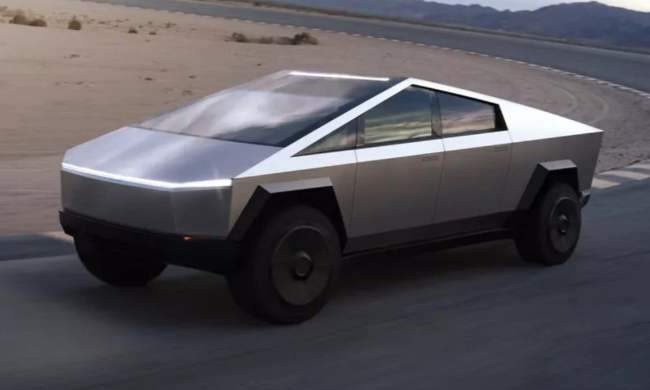A report coming out of Australia indicates that Lexus is in the early stages of developing an entry-level hatchback aimed squarely at the Audi A1 and the popular MINI Cooper.
Designed to slot beneath the CT (pictured), the yet-unnamed model will ride on an evolution of the platform that underpins the Toyota Yaris. The similarities between the two hatchbacks will stop there, and the Lexus-badged model will feature a look of its own thanks to sharp headlights underlined by LED daytime running lights and a bold rendition of the company’s ubiquitous spindle grille.
What the hatchback will be powered by is a mystery. Some sources claim it will use a gasoline-electric hybrid drivetrain borrowed from the Toyota Prius C, others speculate it will get a turbocharged 1.2-liter four-cylinder engine and a few believe that both versions will be offered, with the hybrid likely being billed as the range-topper.
Lexus’ upcoming entry-level model will reportedly be previewed by the close-to-production LF-SA concept that will be presented to the public next month at the Geneva Motor Show. If given the green light for production, the hatchback will land in showrooms across Europe and in its home country of Japan in 2018, about a year after a brand new CT is introduced.
Whether or not the hatchback will be sold in the United States, where buyers have traditionally shunned small, expensive hatchbacks, is up in the air.



